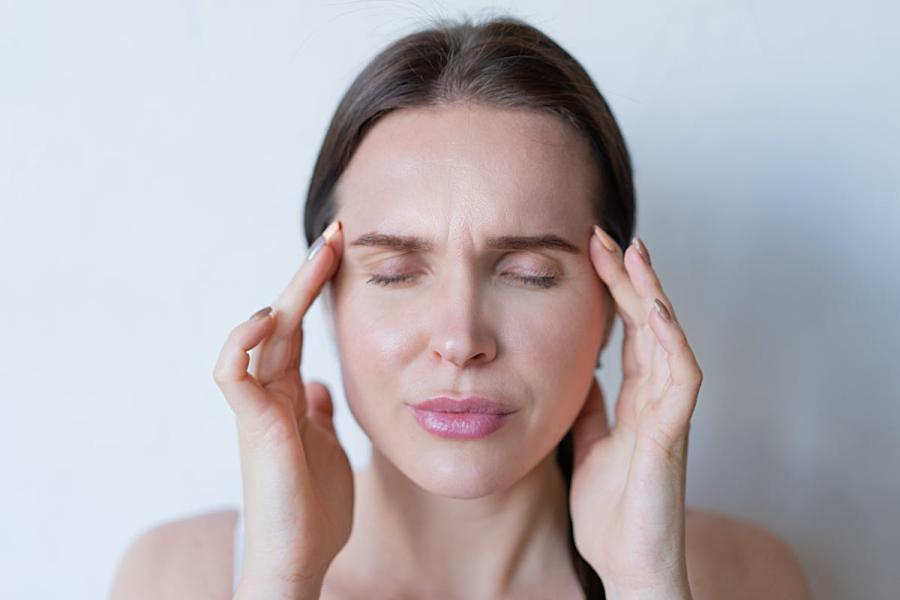Migraine is one of the most common neurological disorders, disproportionately affecting women in the most productive years of their lives, preventing them from living a quality and productive life. Despite its prevalence, migraine remains underrecognized and inadequately treated, which often leads to the development of chronic forms with complications that could be prevented.
In Migraine Awareness Month, pharmaceutical company Teva, which has been developing therapies for neurological disorders for more than 30 years, aims to draw public attention to the seriousness of this disease – reports Sombor.info.
According to data analyzed by Teva, migraine is the leading cause of disability among young people and women. More than 90 percent of patients say this disease negatively affects their quality of life. As many as 86 percent believe that society still does not understand the seriousness of migraine.
Data show that every seventh employee in Serbia suffers from migraine – almost 17 percent of the working population. Often, it takes years to reach the right diagnosis: for almost half of patients, that process lasts more than three years. All this happens at a time when medicine already has modern preventive therapies that significantly alleviate symptoms.
“September is the month dedicated to migraine, and as a neurologist who listens daily to the invisible burden of migraine, I must emphasize the fact – migraine is not just pain,” says Dr. Aleksandar Pantović of the Migraine Association of Serbia, adding that it is a complex disorder of neurological functions that disrupts careers, disturbs family life, and quietly erodes the quality of everyday life.
Experts warn that migraine is often diagnosed with great delay or not diagnosed at all, leaving patients to resort to self-medication.
“People with migraine struggle without clear direction, while over time occasional pain grows into a daily one,” stresses Dr. Pantović.
This situation creates a vicious circle in which patients, mostly women of working age, become incapacitated for normal functioning, which has significant consequences not only for their personal lives but also for overall social productivity.
The encouraging news is that in Serbia there are new, modern migraine therapies specifically designed to treat this neurological disorder and that bring positive outcomes for many patients.
“These are not usual painkillers, but evidence-based medicines that act in a targeted and precise way on the molecules that transmit pain,” emphasizes Dr. Pantović.
“Patients who once lived in constant fear of attacks are today regaining control, productivity, and dignity,” he states.
Neurological experts call on the public to recognize migraine as a serious neurological disease that deserves understanding, respect, and adequate treatment. At the same time, they encourage patients to seek professional help instead of resorting to self-medication.
“If you live with migraine, seek professional help. The path of self-treatment is difficult and unnecessary, because effective medical solutions exist,” says Dr. Pantović.
As an important step in raising awareness and knowledge about headaches, on October 24, 2025, the National Symposium “Headaches through Science and Practice” will be held in Belgrade.
The symposium is organized by the Neurology Clinic of the University Clinical Center of Serbia, the National Headache Association of Serbia (NUGS), and the Migraine Association of Serbia.
Participants will have the opportunity to attend lectures by domestic and prominent international experts in the field of headaches.
This professional gathering represents a significant contribution to educating both medical professionals and the wider public about the importance of recognizing, diagnosing, and adequately treating migraine as a serious neurological disorder.











